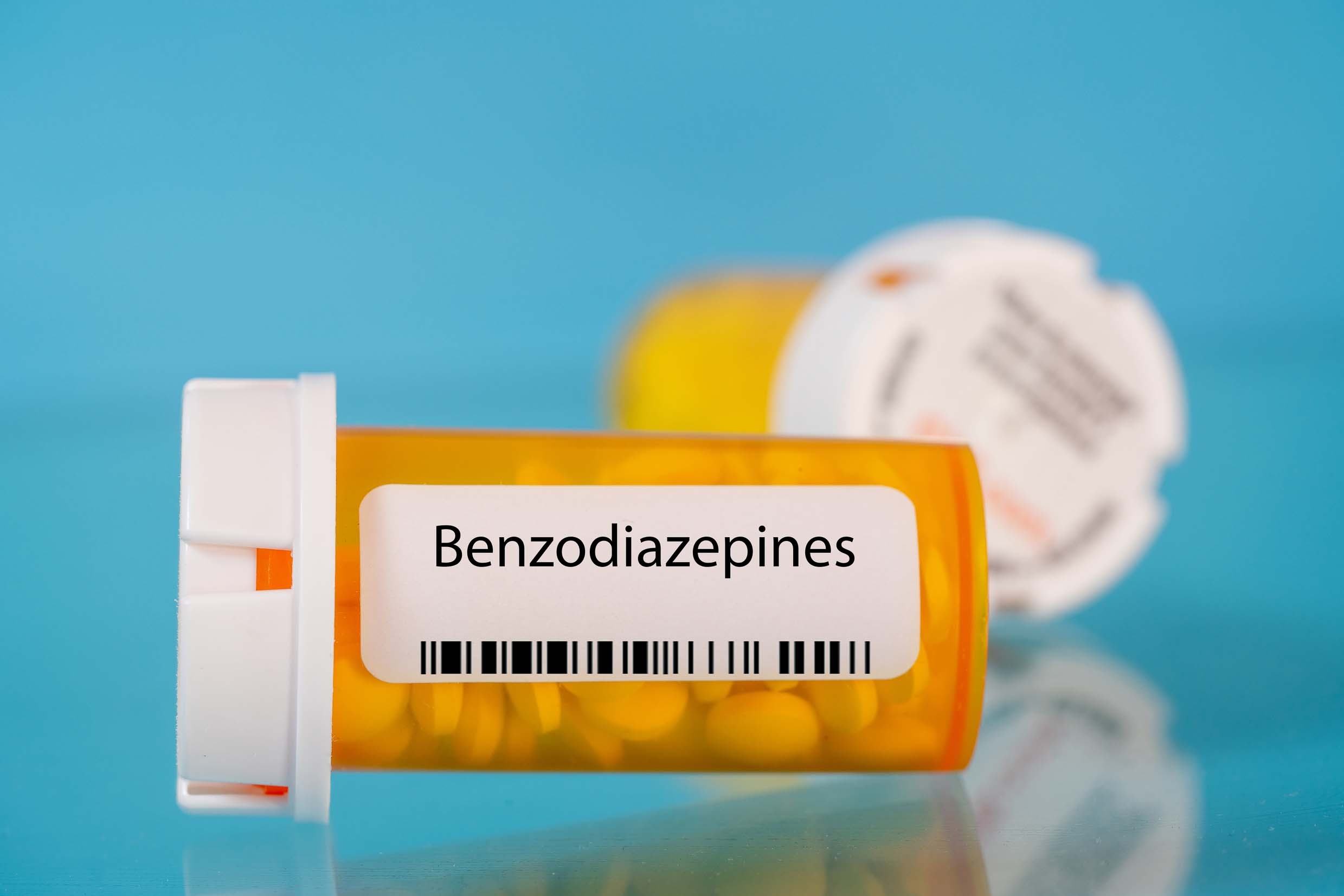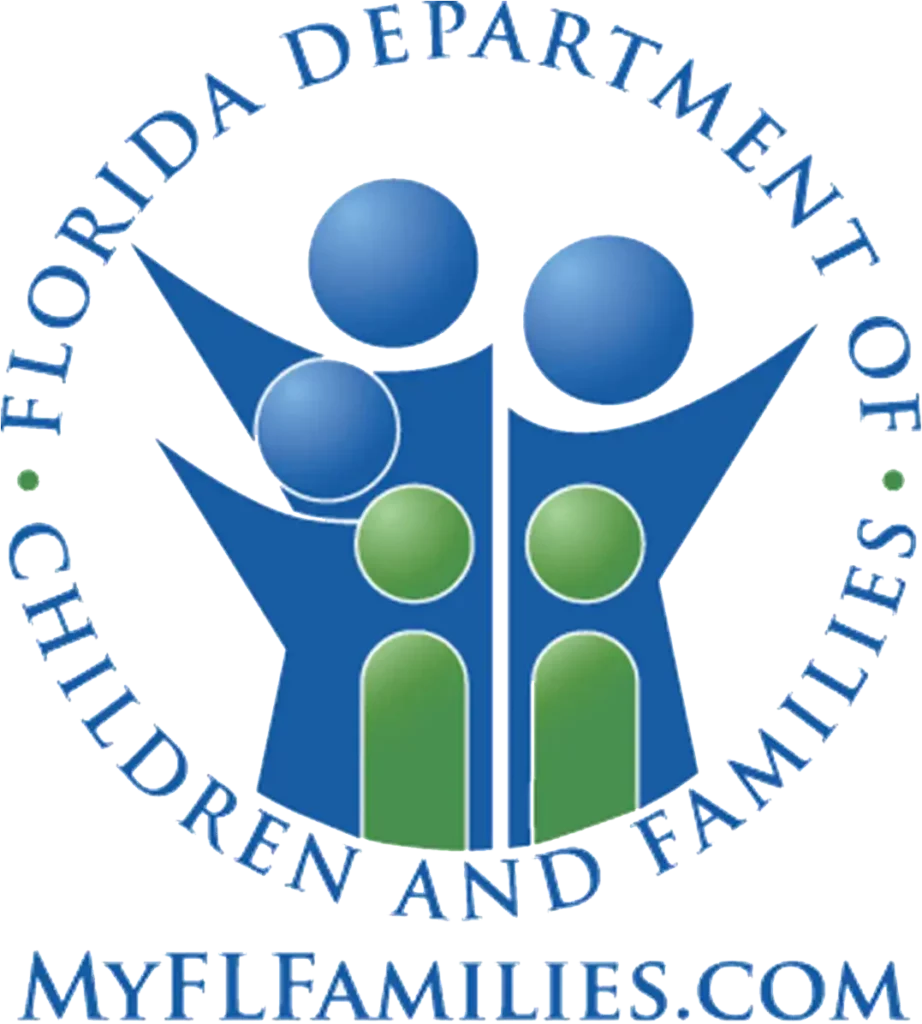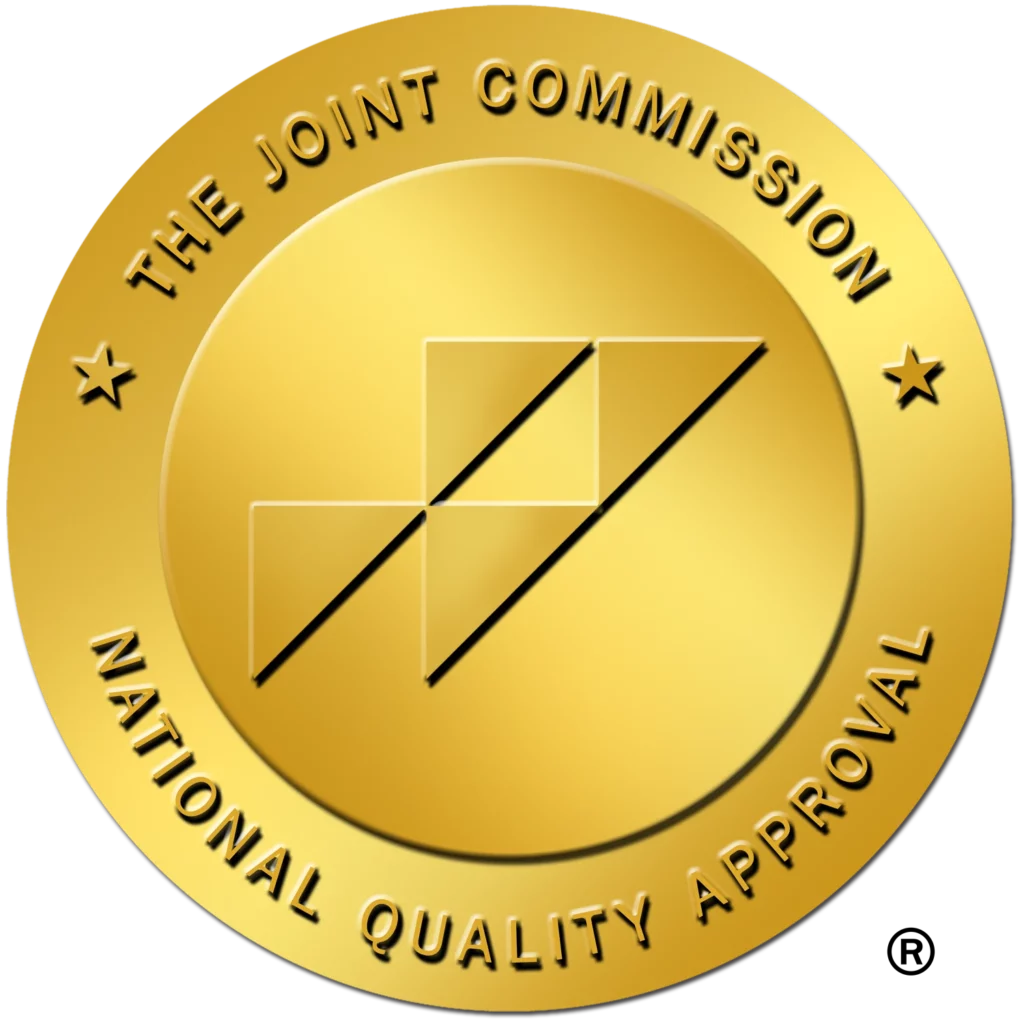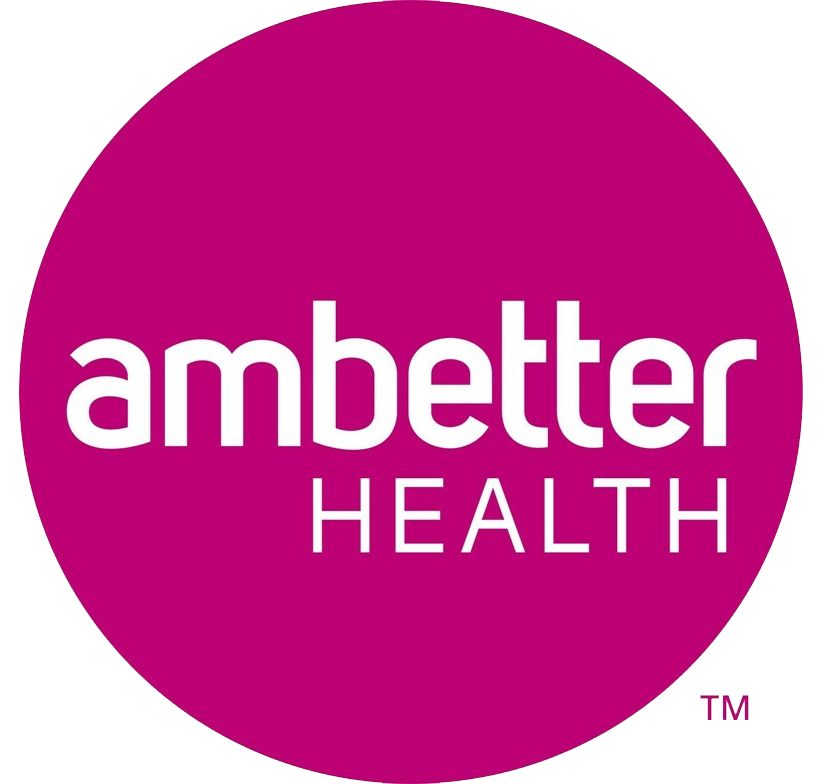What is Dual Diagnosis and How is it Treated?
This entry was posted in Addiction Recovery and tagged dual diagnosis, dual diagnosis treatment, what is dual diagnosis on September 26, 2019 by Justin Baksh, MS, LMHC, MCAP, Chief Clinical Officer.

Dual diagnosis is defined as having a mental health condition and a substance use disorder (addiction) at the same time.
Nearly half of all people who had a substance use disorder also had mental illness in the past year (9.2 million adults, or 3.7%) according to the latest National Survey on Drug Use and Health (NSDUH, 2018). That’s 9.2 million adults in the U.S., or 3.7% of all adults suffering with both conditions. These individuals are referred to as having a “dual diagnosis” or a “co-occurring” condition.
Having a dual diagnosis calls for an integrated treatment plan – one that effectively treats both the addiction and the mental illness. The goal is for individuals to learn to manage both conditions in a way that allows them to be able to function in all areas of life and pursue goals.
Research has pointed to several core elements that dual diagnosis programs should incorporate into their treatment plans for greater effectiveness: assertive outreach; a long-term, comprehensive and staged approach to recovery; motivational interventions; life skill and support network development; recovery maintenance (or relapse prevention), and cultural sensitivity.
In order to develop a better understanding of dual diagnosis, let’s look at each condition separately first, then at how both can be effectively treated in an integrated treatment plan.

What is Mental Illness?
A mental illness is a mental, emotional or behavioral disorder that can be diagnosed. When a disorder substantially limits or interferes with a major life activity (or multiple), it reaches the level of a serious mental illness.
The most common type of mental illness is anxiety, according to the National Alliance of Mental Illness (NAMI). Anxiety affects 40 million adults in the U.S. age 18 and older, or 19.1% of all adults. As well, over 17 million U.S. adults – more than 7% of the population – had at least one major depressive episode in the last 12 months, according to NAMI.
However, there are a variety of other mood, personality and developmental disorders that fall under the umbrella of mental illness.
How Many People Have Mental Illness?
Mental illness is more prevalent than substance abuse in the U.S. Nearly one in five adults had a mental illness in 2018, and one in 20 had a serious mental illness as reported in the 2018 NSDUH.
Interestingly, the rate of mental illness is higher among adults ages 18 to 25 (26.3%) than it is in adults 26 to 49 (22.5%), with the lowest prevalence appearing in those age 50 and older (14%). While this means that mental illness tends to decline with age, unfortunately it also means that our young adult cohort is more likely to experience mental illness and to abuse substances.
Among those younger adults, the rate of serious mental illness has been on the rise. According to a study by the American Psychological Association, rates of mood disorders and suicide-related outcomes have increased significantly over the last decade, particularly among this age group.
In fact, the rate of “serious psychological distress” increased by 71% among adults 18 to 25 between 2008 and 2017. Seven out of ten teens reported anxiety and depression as a “major problem” in a Pew Research Center survey, ahead of bullying (55%), poverty (40%), teen pregnancy (34%) and gangs (33%). A majority cited drug addiction (51%) as a major problem along with (45%) citing drinking alcohol as one. Researchers in the American Psychological Association study pointed to the advent of social media as a possible cause for the rise.
What is Substance Use Disorder?
A substance use disorder is defined as an impairment in meeting or failure to meet major responsibilities in an area of life (or multiple) caused by the use of alcohol or other drugs (or both) on a recurrent basis.
Most often, alcohol was involved (14.8 million), with illicit drugs following at 8.1 million as reported by the latest NSDUH. Sometimes there is overlap among substances abused, such as heroin and alcohol.
Following with data showing that substance abuse is more prevalent among young adults, the rate of alcohol use disorder is highest in the 18- to 25-year-old group, and after age 26, the rate drops in half.

As previously stated, substance abuse is more common among adults who have a mental health issue. Nearly four out of 10 of those with any mental illness abused drugs or alcohol. For comparison’s sake, of those without mental illness, only 15.7 percent used illicit drugs in the past year. This means that having mental illness more than doubles the likelihood of substance abuse.
Unfortunately, nearly half of adults with a co-occurring disorder received neither mental health nor substance abuse treatment.

What Causes Dual Diagnosis?
This is a chicken-and-egg question. Did the mental disorder come before addiction, or was it the other way?
People who have a mental condition can use drugs and alcohol to self-medicate, or lessen the symptoms of their mental illness, making them feel better (at least, temporarily). However, mental issues can also develop with the use of alcohol and drugs.
Mental illness can arise due to genetic reasons, but it can also happen in response to events and circumstances in an individual’s life.
For example, war veterans may experience post-traumatic stress disorder (PTSD) after leaving the battlefield. They may not have a personal or family history of mental illness; instead, the traumatic experiences of war brought on the disorder.
Grief, loss, emotional, sexual, and physical abuse – among other things – can also cause mental illness. The point is that all of us have the ability to develop a mental disorder at some point along the trajectory of our lives.
While a family history of mental illness may predispose you to developing it, this does not necessarily mean that it is going to happen. Likewise, not having mental illness in your family history isn’t a guarantee you will escape it.
In fact, the stigma surrounding mental illness could lead to an individual developing a substance use disorder. Individuals may be ashamed of their thoughts and feelings, thinking that it’s something to hide… particularly when some sort of abuse is involved. Instead of enlisting professional help, they may seek to “treat” the symptoms with alcohol or drugs. Again, this could lead to a worsening of their symptoms or the development of new mental conditions in addition to the ghastly physical effects of drug and alcohol abuse, including changes to the functioning of the brain, malnutrition and more – not to mention the increased risk of dying due to overdose or accident while intoxicated.
It’s time we realized that mental illness is no different from any other physical condition. If someone were missing a limb, or had high blood pressure, or suffered from allergies, they face no stigma. Just because mental illness affects the brain doesn’t make it any less of a condition that is beyond an individual’s control. In fact, mental illness is treatable, unlike some other conditions.
When substance abuse occurs with a diagnosable mental illness, the best treatment is with an integrated care plan at a facility equipped to handle both conditions.
What is Dual Diagnosis Treatment Like?
In the case of dual diagnosis, treatment for both conditions is integrated (or combined) so that the same team is expertly coordinating and delivering a cohesive complete treatment plan to the client:
“Integrated treatment means that the same clinicians or teams of clinicians, working in one setting, provide appropriate mental health and substance abuse interventions in a coordinated fashion. In other words, the caregivers take responsibility for combining the interventions into one coherent package. For the individual with a dual diagnosis, the services appear seamless, with a consistent approach, philosophy, and set of recommendations. The need to negotiate with separate clinical teams, programs, or systems disappears.” – SAMHSA (Integrated Treatment for Co-Occurring Disorders)
Before entering an integrated treatment program, psychiatric evaluation and assessment is critical, as is communication between the health professional treatment team once an individual is admitted. Medication management may come also into play, where a patient is being treated with an appropriate drug for their mental condition while detoxing and recovering from an addiction to an illicit substance.
In Integrated Treatment for Co-Occurring Disorders, SAMHSA compiles the evidence-based treatment protocol for those with dual diagnosis. According to its recommendations – which are all based on research in the field, or evidence based, critical components of effective dual diagnosis programs include:
1. Assertive Outreach
Dual diagnosis treatment facilities that provide assertive outreach –engaging clients and their support systems – tend to build trusting relationships with their clients. In turn, those clients are more highly engaged in their treatment program. Clients also stick with – and finish – their treatment at a higher rate at these dual diagnosis facilities. Clients can maintain relationships with those facilities to support long-term sobriety.
2. A Long-Term, Comprehensive Approach to Recovery that Unfolds in Stages
Not everyone progresses toward recovery in a straight line. They can enter treatment at different stages, fall back in their progress temporarily, or move more quickly or slowly than anticipated. They may be in an advanced stage with coping with their mental illness but at a beginner stage with substance abuse, or vice versa. Recognizing the stages of where a client is at allows treatment professionals to give treatment specific to those stages.
The treatment pace can also be adjusted based on the severity of the conditions and the patient’s current state.
Whether treatment progresses slowly or quickly, it’s always about the long-term view, though. Recovery for both conditions is a process that unfolds over months and even years. And it’s not just about the patient – their support system, their employment and financial situation, their way of life, it all may need work and development so that the patient is set up for success on all fronts.
3. Interventions to Increase Motivation
The goal is to have clients that can manage their own recovery, on both fronts, once the time is right. Motivational interventions given in a treatment setting are aimed at getting clients ready for that, and research supports their effectiveness. For example, by being encouraged to verbalize their life goals while looking at their current behavior, clients can come to realize how substance abuse is standing in their way.
4. Life Skills and Support Network Development
Clients are encouraged to develop a social network supportive of their sobriety while staying away from social situations that may trigger a relapse. They also develop their coping skills and learn how to control their symptoms in the real world. Family wellness is also addressed with interventions. All of this supports their pursuit of functional life goals.
5. Recovery Maintenance/Relapse Prevention
Relapse prevention starts with life skill and social network development, as mentioned above. However those dual diagnosis treatment programs that continue to support clients with rehabilitation activities further ensure sustained sobriety.
6. Cultural Sensitivity and Effectiveness
Dual diagnosis treatment centers that tailor their programs to an individual’s cultural, racial, and other defining aspects of a person’s life are more apt to engage those individuals in treatment. This is why establishing an individualized treatment plan and approach – meeting each client where he or she is at – is vital to serving dual diagnosis clients in the best way possible.
The more that dual diagnosis treatment centers incorporate these core elements, the better the outcomes for clients.
Studies in the field have not only shown improvement in clients in both substance abuse and mental illness areas, but also in a range of other aspects of clients’ lives (quality of life, housing situation, arrests, etc.) with an integrated treatment plan for both conditions.
If you or a loved one is struggling with addiction and mental illness, know that there is help out there. Look for a qualified dual diagnosis treatment center that incorporates the basic elements listed above. There is hope… you (or your loved one) just need to move toward it.










